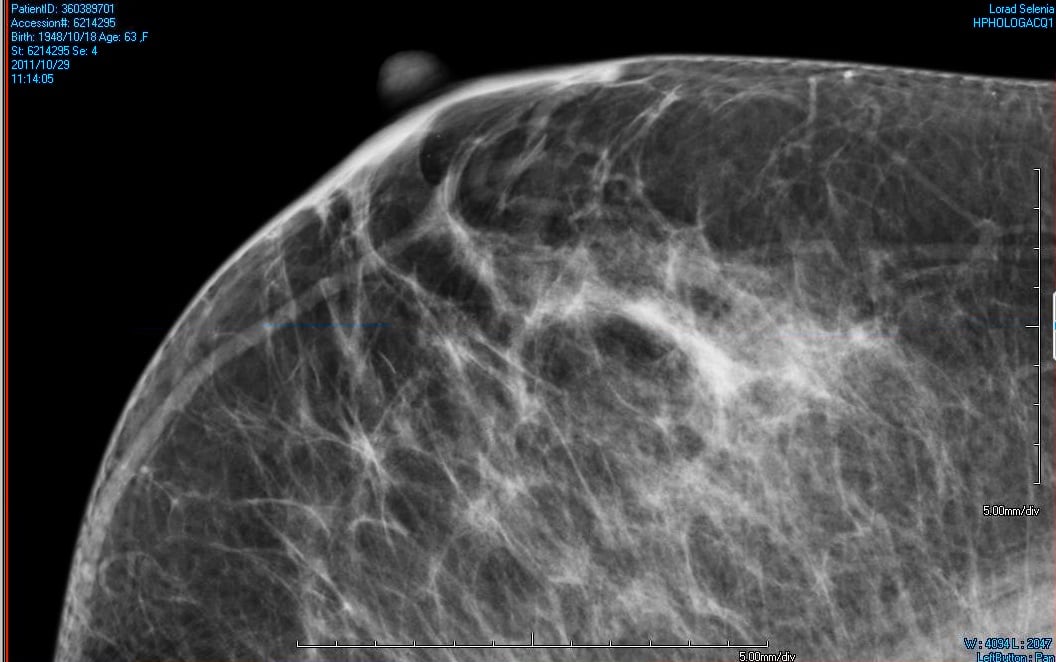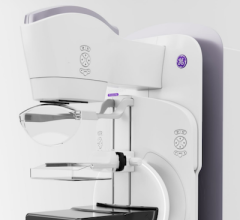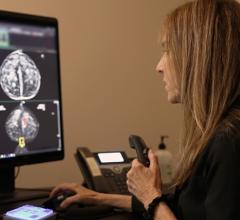
April 21, 2015 — The U.S. Preventive Services Task Force (USPSTF) has released a draft of its newest recommendations for breast cancer screening. These are available for public comment through May 18.
The USPSTF offers mammography recommendations for women in three age brackets — ages 40-49, ages 50-74 and ages 75 and older — with an assigned letter grade based on priority. Women ages 50-74 received the highest priority with a “B” recommendation that they receive a screening mammography every two years.
According to the task force, women in their 40s should talk with their doctor and make their own decision on when to begin screening mammography. This age bracket received a “C” recommendation.
For the 75-and-older bracket, the USPSTF concluded that the current evidence was insufficient assess the relative benefits and risks of screening mammography. The evidence was also inconclusive for women with dense breasts.
Screening guidelines have proved to be a major source of controversy in recent years, as associations like the American College of Radiology (ACR) and Society of Breast Imaging (SBI) have strongly advocated for full coverage of mammograms beginning with women in their 40s.
The ACR and SBI released a joint statement on the latest recommendations, voicing concerns that women 40-49 would not be guaranteed insurance coverage for mammograms as a result of the lower-priority recommendation. The Affordable Care Act (ACA) requires private insurers to cover exams or procedures given a grade of “B” or higher by the USPSTF.
“The USPSTF limited its consideration to studies that underestimate the lifesaving benefit of regular screening and greatly inflate overdiagnosis claims. They ignored more modern studies that have shown much greater benefit. These limitations result in the misrepresentation of the real trade-offs that women and healthcare providers need to know about in order to make good decisions about screening. They also ignored the demonstrated views of American women on screening. Unfortunately, these recommendations will only add to confusion that is placing women at risk,” said Barbara Monsees, M.D., FACR, chair of the American College of Radiology Breast Imaging Commission.
A 2014 study in the American Journal of Roentgenology indicated that if USPSTF breast cancer screening guidelines were followed, approximately 6,500-10,000 additional women each year in the United States would die from breast cancer.
The costs associated with screening versus not screening have also factored in the debate, with screening advocates arguing that reducing screenings and coverage ignores the costs resulting from delayed diagnosis, including morbidity, lost income, treatment of metastatic disease and death.
For more information or to leave a comment on the draft recommendations:


 December 08, 2025
December 08, 2025 








